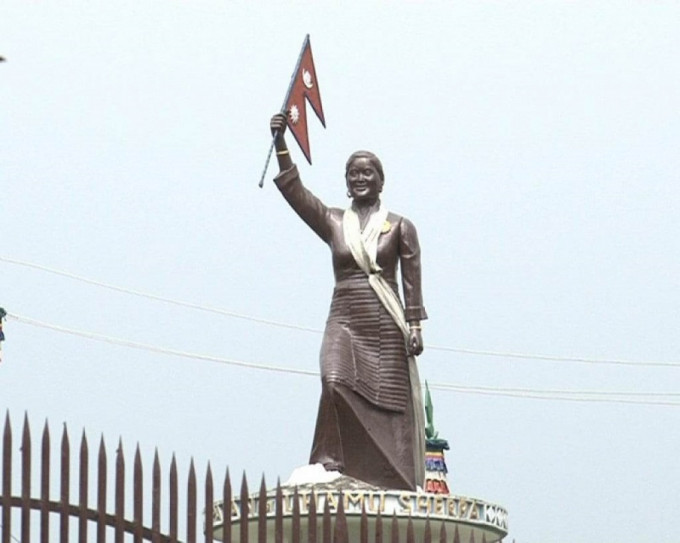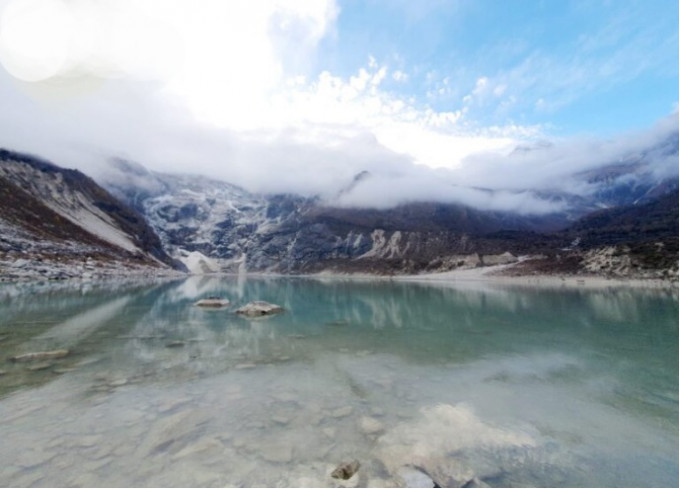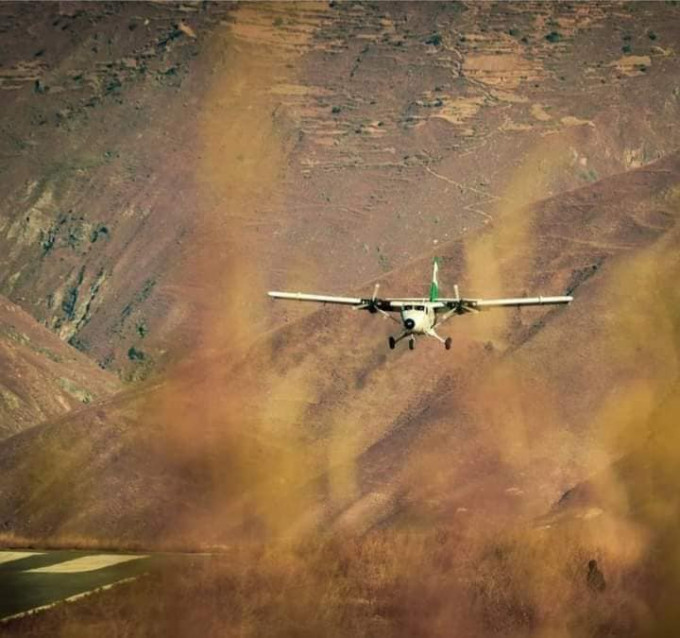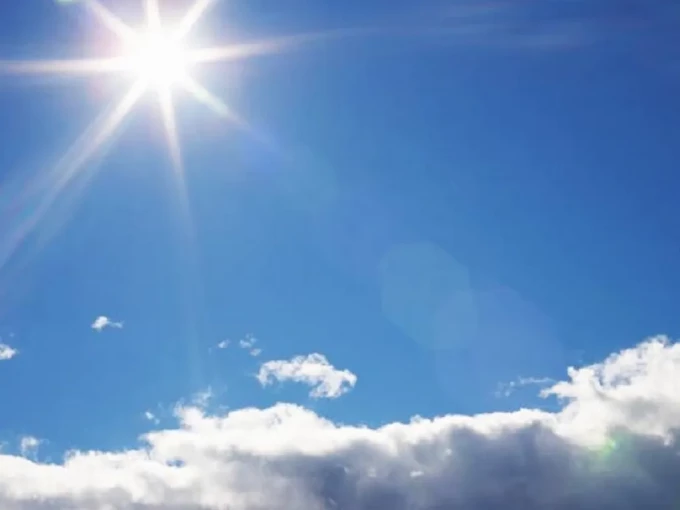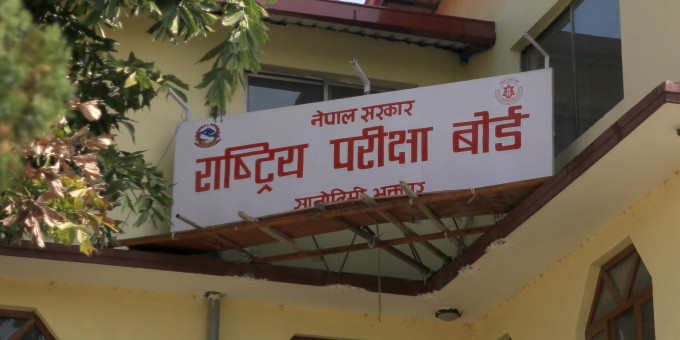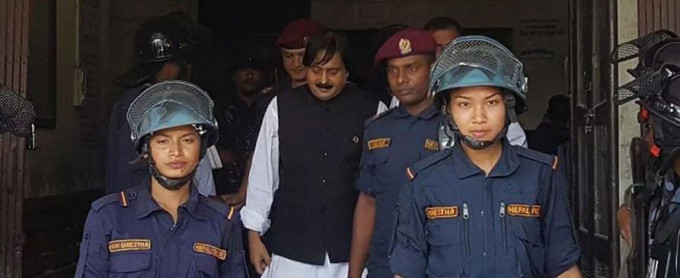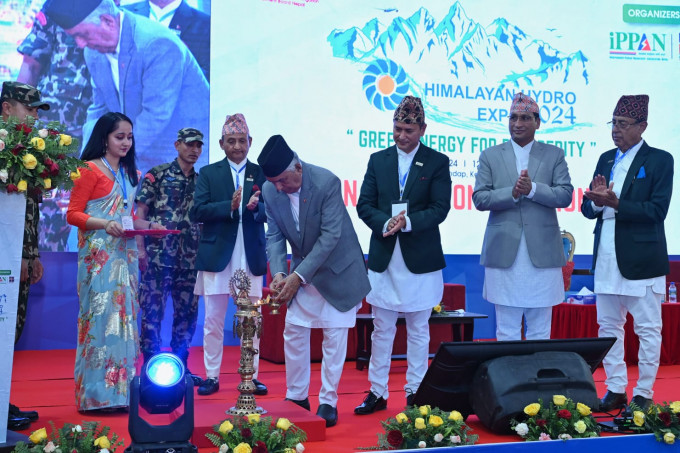"This temple may be filled with myths and mysteries. The more it is explored with systematic research, the more anecdotal mysteries surrounding it are unveiled," said former minister Prabhu Sah, also a lawmaker from Rautahat 3. The archaeologically important Pataura Temple (Mahadev Temple) is located at Maulapur Municipality-5. Primarily the establishment of the temple was considered dated back to the rule of the Sena Dynasty. It has also a historical connection with the Karnata dynasty. Various pieces of evidence have claimed that the temple dates back to ancient times before the Karnata dynasty came into being. According to experts, when the temple and its surroundings are explored, and the excavation is complete, it may require a research in a new way being not limited to its history of ancient Simraungadh but in light of the history of entire Nepal. They claimed that the temple may date back to the 10th century. Given its historical, religious and archeological importance, the excavation and preservation of the temple and surroundings should be done under the aegis of the state, and the area should be enlisted as the UNESCO World Heritage Site (WHS), demanded the local people. Rina Kumari Sah, mayor of the municipality, is working to get the Mahadev Temple enrolled as the WHS. "Several heritage sites of Nepal have been listed as the WHSs. But none of them are so far from the Tarai Madhes," she said. The temple carrying historical and archeological significance can be developed as a tourist destination hub in the country, she said. A total of 10 heritages of the country have been listed as WHSs, according to her. Pataura Mahadev Temple from Madhes Province is among the 100 new tourist destinations identified by the government in 2075 BS as part of the promotion and development of tourist destinations across the country. During a check at the Department of Archeology, the bricks used in the walls of the temple are found to have been over 10 inches in breadth than normal ones. Lawmaker Sah took a 'special' initiative in this regard. In 2067/68 BS, Sah informed the Department about the status of the temple and requested its renovation. This is the third time that the temple was renovated. Its first renovation took place during the rule of the Karnata dynasty (11th-12th centuries) and second renovation during the rule of the Sena dynasty (15th-16th centuries), according to historians who carried out a study of the temple. The temple is believed to be disappearing every 500 years. Sah has been effortful to get the Janaki Temple in Janakpur, the Gadhimai Temple and the Mahadev Temple that go back thousands of years and bring a live history enlisted as the WHSs. He drew the attention of the government to take diplomatic and other initiatives to list these areas as the WHSs. According to history, an excavation took place and remnants of the temple were detected following the finding of bricks by the local people while ploughing the field. Then, with religious faith, people started offering worship as the Temple of Lord Shiva. One's wishes come true when worshipping at the temple, according to people's belief. Guided by this belief, the temple has lately attracted devotees from various parts of Nepal and as far as from neighbouring India. Reconstruction of the temple took place during the rule of the Karnata dynasty according to evidence that was collected during an excavation jointly by a team of senior archaeologist Tara Nath Mishra and the Department. The excavation took place after evacuating and relocating human settlement from the area. Many mysterious pieces of evidence relating to the temple are now unfolding one after another with the excavation in progress. However, the passing away of Mishra amidst its excavation and research is said to be causing setbacks in the process. Remnants of the temple were found around 22 feet deep. In view of the Ishanath Temple that is reported to have been discovered in 1114 BS during the rule of the Karnata dynasty in Simaurangadh, the temple is believed to date back earlier than the Ishanath Temple. Reconstruction of the temple was done during the 11th and 12th centuries during the rule of the Karnata dynasty, according to the preliminary report. Remnants of a palace near the temple have also been found during the excavation. The newly recovered palace is believed to be belonging to the then ruler. It is believed that Maulapur religion has been a centre of faith since ancient times. Maulapur is derived as 'Maula' and 'Pur' from the Sanskrit language. According to Manasara Shilpa Shastra, Maula means dreadlock of god Shiva and Pur stands for city. Based on this, Maulapur originated from the dreadlock of god Shiva, and remained a sacred place of Shiva since ancient times. Now, a team of archaeologists from the United Kingdom has launched a study of the temple while Maulapur Municipality is excavating it. Being attracted to the issue surrounding the temple, a joint team of archaeologists, Richie Villis and Alic Naylor, from the Durham University, UK launched a study of the temple, said the municipality. An x-ray machine that could detect up to two meters under the ground has been employed, it was informed. There was a prosperous city in the area in some period of time, according to evidence recovered during an excavation of the site. The municipality considered to be a model local level in Madhes Province has been at work to preserve and conserve cultural and archaeological heritages of the province while carrying out infrastructural development activities, said the municipality administrative officer Ram Babu Sah. "Pataura Mahadev Temple is being developed as an important religious tourism centre of the entire Nepal being not limited to the province. The municipality has accorded high priorities to the preservation and development of the temple." Former President Bidya Devi Bhandari conducted a ‘special’ puja at the temple on the occasion of a Mahayagya organised in the temple premises in the Nepali month of Falgun, 2076 BS. Highlighting the potentials of exposing the area to the world community in terms of its religious tourism, President of the Federation of Nepali Journalists, Rautahat, Prem Chandra Jha said, “More tourists and archeology enthusiasts can be attracted to the temple after it is enlisted as the world heritage site".
READ ALSO:


